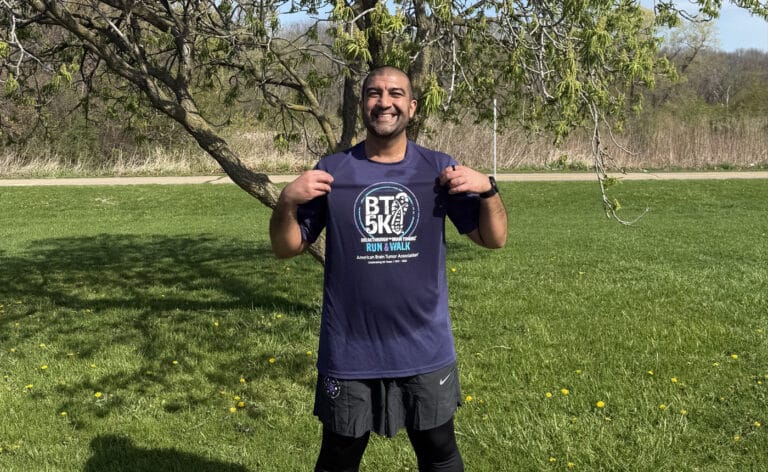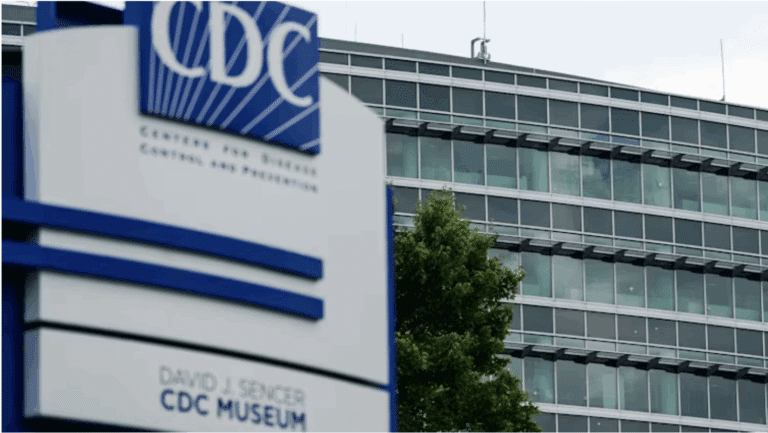Mayo Clinic Q&A
DEAR MAYO CLINIC: I was recently diagnosed with vascular Ehlers-Danlos syndrome. My doctor said there’s no cure, and that it’s genetic. What can be done to treat this? I have two young children. Should they be tested for it?
ANSWER: Although it’s true that there is no cure for Ehlers-Danlos syndrome, physical therapy often can help manage symptoms and prevent complications. Regular follow-up care and monitoring also may help catch problems that develop due to Ehlers-Danlos in the early stages, when they may be easier to treat. Because Ehlers-Danlos is an inherited disorder, it would be worthwhile to talk with a genetic counselor about genetic testing for your children.
Ehlers-Danlos syndrome often causes overly flexible joints and stretchy, fragile skin. When you have this disorder, you may be prone to dislocating joints and bruising easily. Your skin may not heal well. loIn particular, it can weaken the aorta — the large artery that carries blood away from your heart — as well as the arteries that lead to your kidneys and spleen. In some cases, vascular Ehlers-Danlos can weaken the walls of the large intestine or uterus, too.
Physical therapy often is key to managing Ehlers-Danlos syndrome. Exercises to strengthen the muscles around your joints can help to stabilize those joints. That lowers your risk of joint dislocation. A physical therapist can teach you how to do those exercises and give you suggestions for other physical activities that fit your situation.
When you have Ehlers-Danlos, there are some activities you need to limit or avoid. These include contact sports, weightlifting and other activities that increase your risk of injury and may not be appropriate for you. You also may need to limit running, step aerobics or stair climbing to decrease stress on your hips, knees and ankles.
For vascular Ehlers-Danlos, keeping blood pressure low can ease the stress on your fragile blood vessels. That reduces the risk of blood vessel injuries, such as the walls of the arteries separating — a condition known as blood vessel dissection. Lowering blood pressure also can make it less likely that your blood vessels will bulge or rupture due to weakness. In some cases, you may need to take medication to keep your blood pressure low. To monitor the health of your blood vessels over time, your doctor may recommend that you have imaging exams of your aorta and other major arteries on a regular basis.
People with Ehlers-Danlos have a chance of passing the genetic mutation for the disorder to their children. With that in mind, it is a good idea for you to consult with a genetic counselor to discuss the risks and benefits of genetic testing for your children. Prompt diagnosis of Ehlers-Danlos is crucial to ensuring the appropriate and timely medical care needed to avoid serious complications. In many cases, therefore, genetic testing is recommended for children who may have the disorder.
Because Ehlers-Danlos syndrome is uncommon, I’d encourage you to seek care from a specialist who is familiar with Ehlers-Danlos and has experience caring for people with this disorder. Also, because it can affect a number of different areas and systems in your body, it is best to receive care for Ehlers-Danlos at a health care facility that offers access to all the medical specialties you may need, such as cardiovascular diseases, vascular surgery and urology, among others. — Fadi Shamoun, M.D., Cardiovascular Diseases, Mayo Clinic, Scottsdale, Ariz.
(Mayo Clinic Q & A is an educational resource and doesn’t replace regular medical care. E-mail a question to MayoClinicQ&A@mayo.edu. For more information, visit www.mayoclinic.org.)













